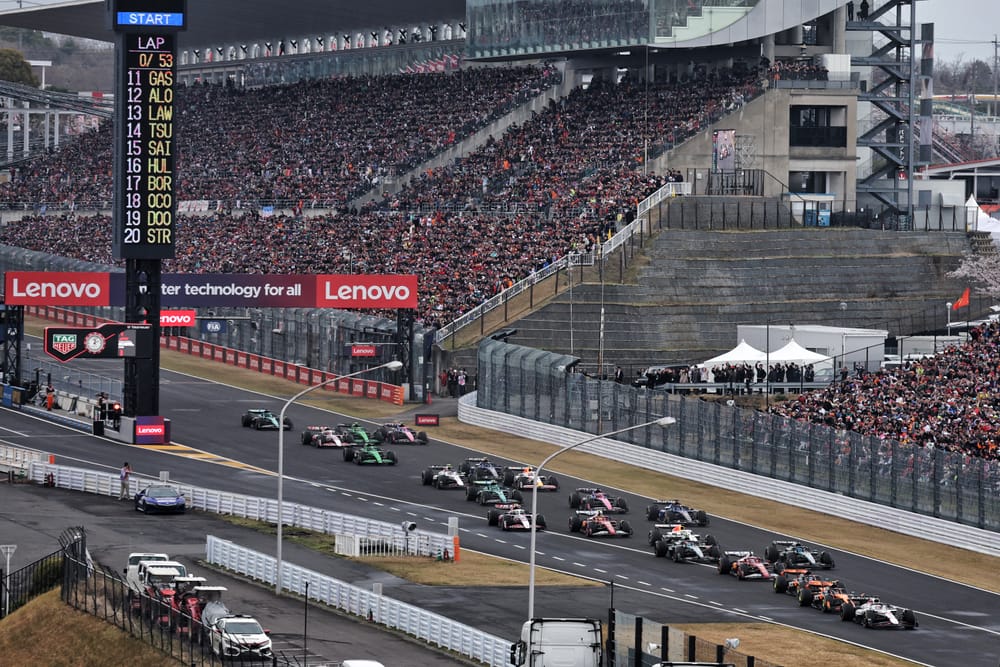Formula 1 has parked the idea of an early switch to V10 engines for now, in the wake of the summit between car makers and series chiefs in Bahrain on Friday.
Following a get-together arranged by the FIA, grand prix racing’s manufacturers were all given the opportunity to offer their opinion of how they saw the future of F1’s engines.
There had been frenzied speculation over recent weeks about the direction that things could head – and this had revolved around the idea of a V10 engine run on fully sustainable fuel coming in as early as 2028.
Then, amid all the debate, there had even been the prospect of abandoning the 2026 rules altogether - and carrying on with the current spec turbo hybrids for a bit.
In the end, the outcome agreed in the F1 engine summit was far less dramatic.
As revealed by The Race, some rule concessions for next year have been proposed to avoid a few of the bumps in the road that have emerged with the 2026 rules.
Plus, while things have fallen short of a commitment to go to V10s or V8s any time soon, there is a willingness to debate an alternative power unit concept that could now come around 2029 or 2030.
Here are the key takeaways from the engine summit:
Not over for V10s or V8s return
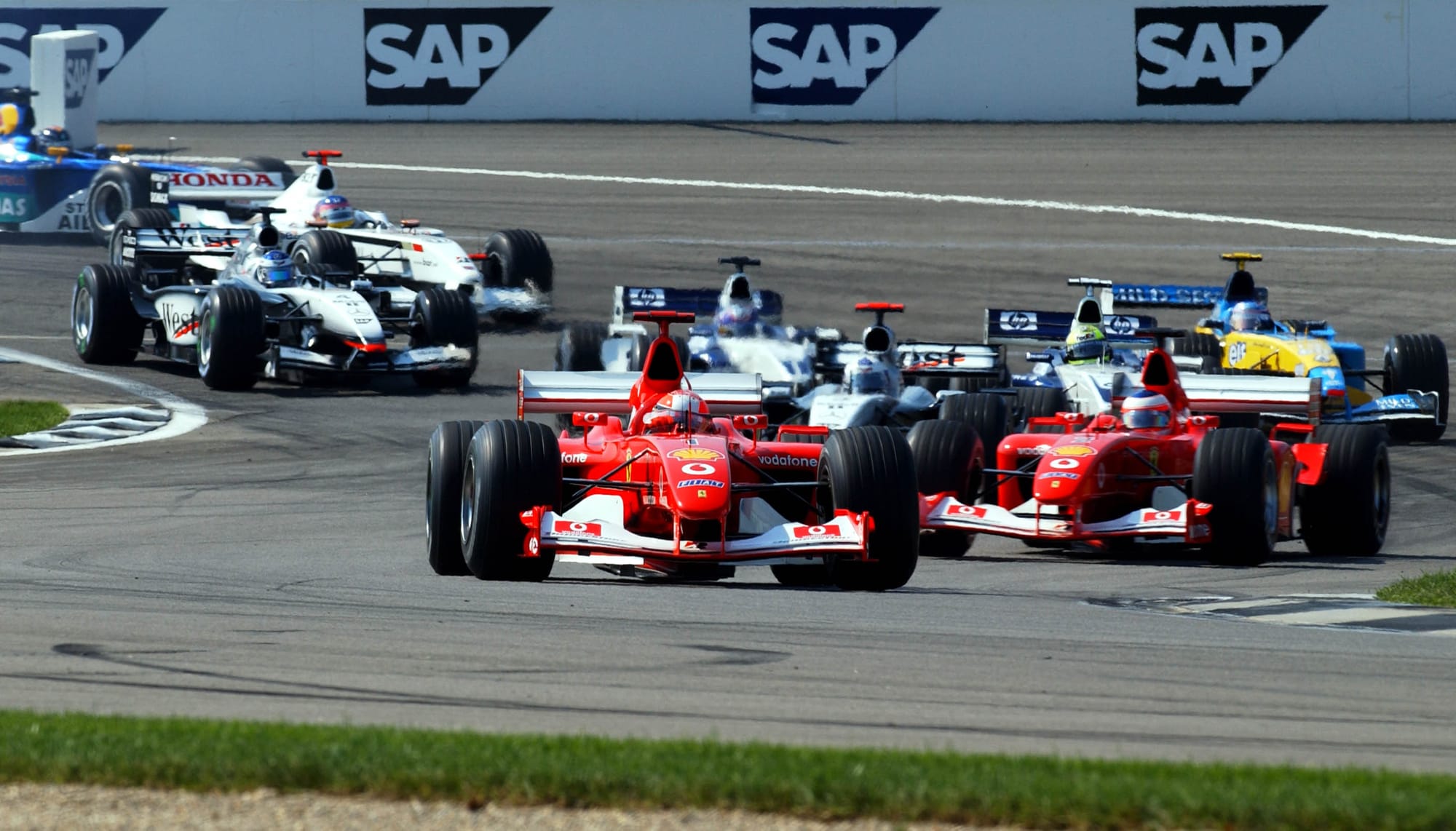
While the feedback given by manufacturers was far from being open-armed towards a V10 engine any time soon, it would be wrong to say the idea has parked completely.
While F1 is now very much committed to the 2026 regulations, and in particular making them work, talks will continue about the next rules cycle.
While the push now is to keep the next turbo hybrid engines until 2029 at the earliest, and potentially even to the original timescale of the full rules cycle until 2031, the idea of a future move to a V10 or V8 remains at the forefront.
The FIA mentioned simply that one of the topics that will continue to be discussed is: “the adoption of normally-aspirated engines with sustainable fuel."
But there seems no desire from the FIA to railroad such a change through. And if costs can be kept under control, then it will be happy to listen to what the manufacturers think is the best way forward.
The official statement after the meeting said: “Whichever engine roadmap is decided upon, the FIA is supportive of the teams and PU manufacturers in ensuring containment of costs of R&D expenditure, taking account of environmental considerations and acting in the best interests of the sport and the fans.”
What F1’s new concept F1 engine will look like
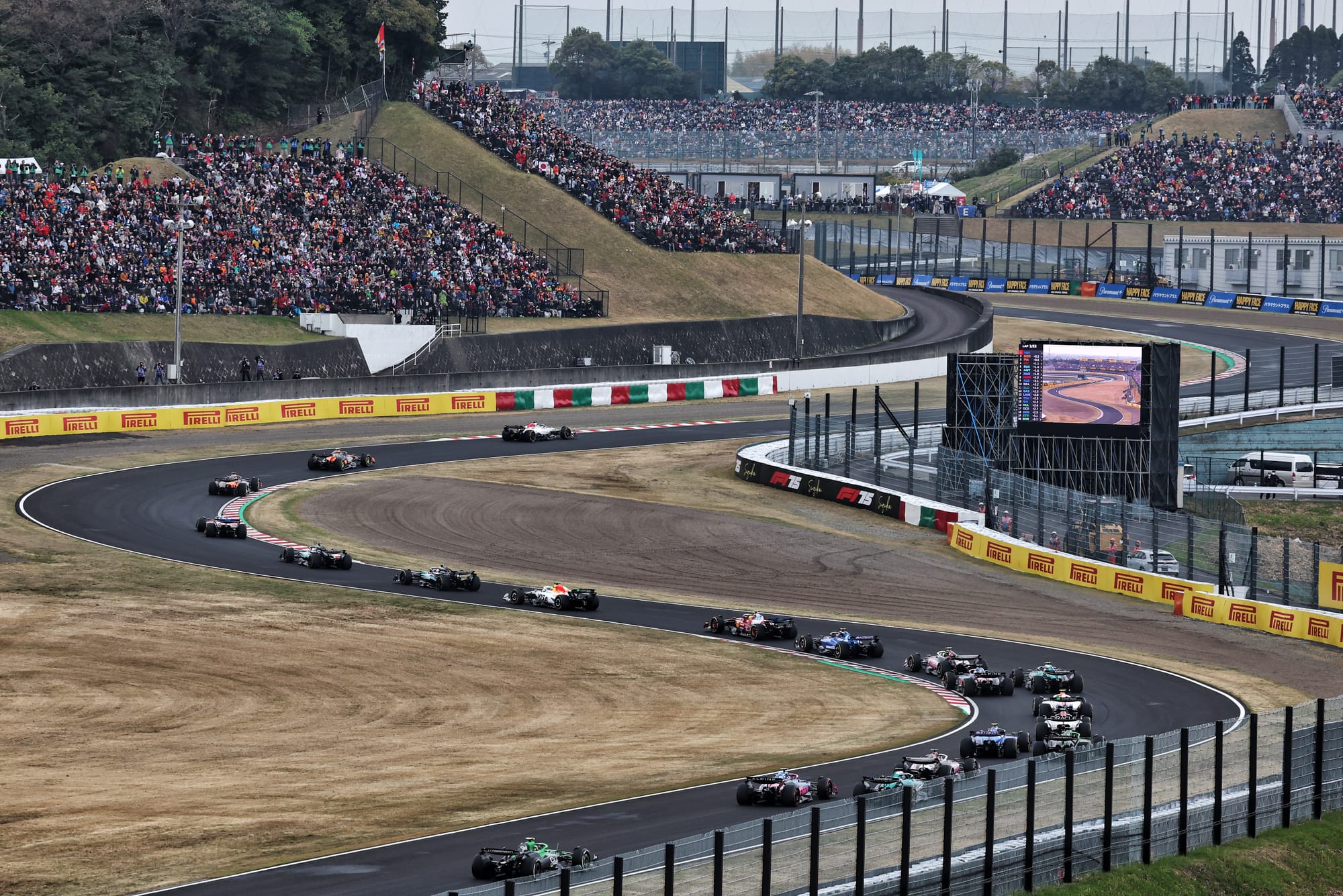
The focus of discussions over a future F1 engine away from the next-generation turbo hybrids has previously primarily revolved around V10s.
However, as car makers began evaluating things, a range of options seemed to be up for discussion – which included the idea of an alternative V8, whether or not it was turbo-charged, and then whether should it include some form of KERS.
While a final direction has not been decided, the FIA mentioning a ‘normally-aspirated’ engine suggests that the turbo charger is off the table for now.
The FIA statement after the meeting did, however, lay out some aspects that were agreed with the car makers about where things would head.
It stated that there must be a level of electrification (so batteries are here to stay), and that the use of fully sustainable fuels will be critical.
Beyond that, there is a key desire for the future power unit to be cost-effective – so F1 can avoid any troubles of manufacturers feeling that they must quit F1 if they face financial difficulties off track.
For an engine to be cost-effective, it needs to be simple. So if you roll in the importance of road relevance too, then a V8 makes the most sense.
Electric is here to stay…and that could be key to Audi and Honda

Another important element of agreement in the meeting was that some form of electrification remains critical for the manufacturers.
The significance of this cannot be played down, because when it comes to keeping some car makers in F1 then there has to be road relevance – and that means some aspect must be electrical.
In recent weeks, the messaging from both Audi and Honda has been crystal clear that a switch to a simple V10 is of no interest – as they have only committed to F1 because of the hybrid rules coming for 2026.
But, having seen first-hand where the heads of other manufacturers and the FIA were at – and what was realistically on the table for the long-term - an outline in principle that some form of KERS must be part of a future engine looks to be a route to keep those two in.
It was notable that the key messaging coming out of Audi after the engine summit was that there are three key things it wants to see from future F1 engines.
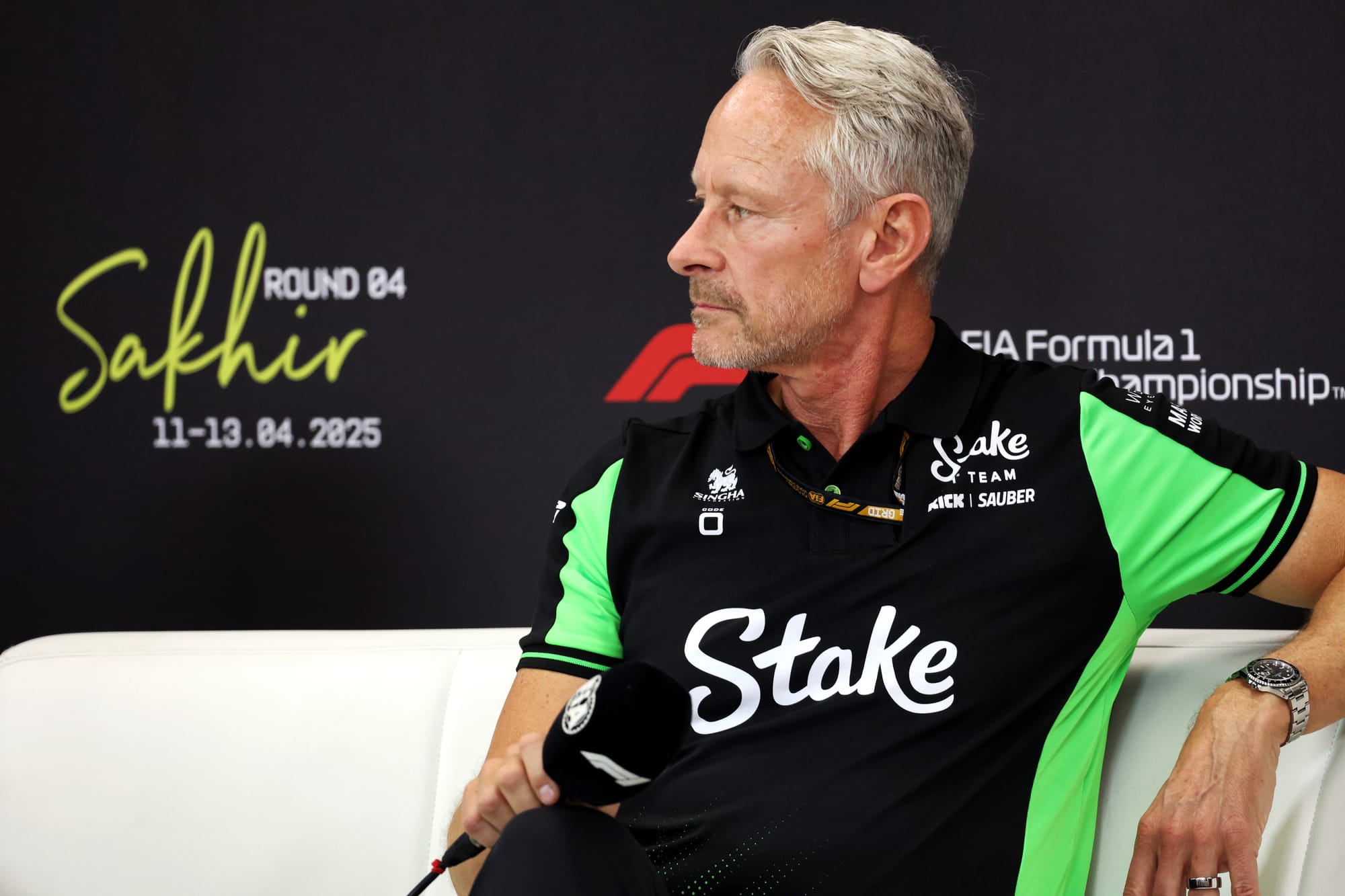
The German manufacturer's team boss Jonathan Wheatley said: “The reason they've got involved in the sport is the excitement around the three pillars that we see as really important.
“The first one being a highly efficient engine, the second one being an advanced hybrid system and of course sustainable fuels being the bedrock of that.”
A V8 with KERS run on fully sustainable fuel would appear to tick all those boxes.
Everyone is on the same page...for once
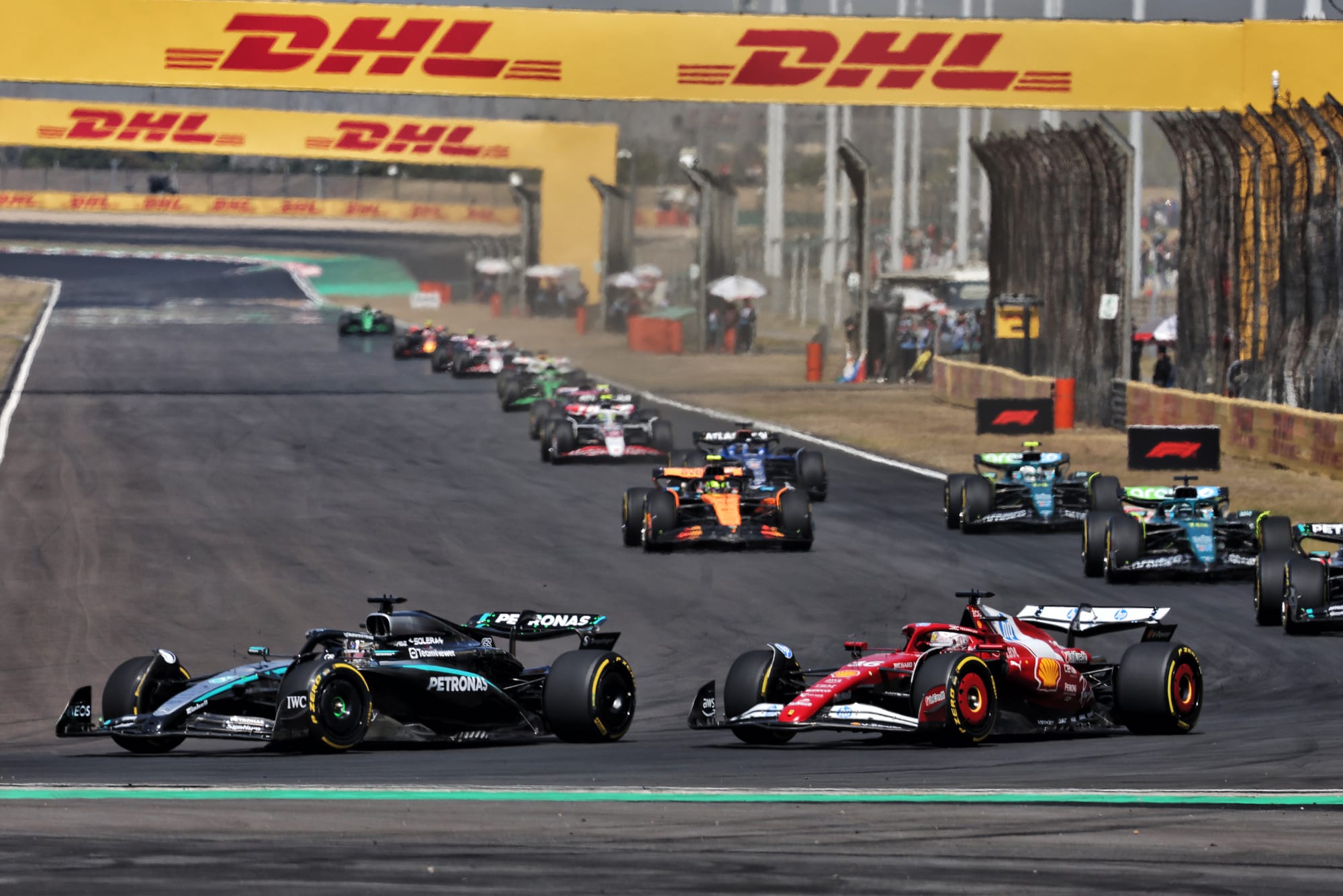
The build-up to the engine summit had shown some clear battlelines in place – with F1’s car makers falling into three distinct camps.
There were Ferrari and Red Bull on the side of a fast-tracked introduction for V10s. There were Honda and Audi in favour of a full-on commitment to the turbo hybrid rules. And then there was Mercedes – somewhere in the middle but leaning towards the status quo.
But speaking to senior figures after the meeting, there was a sense of a huge convergence of views about the road map for the future.
For once, short-term selfishness for competitive advantage had been put aside in favour of sorting out a clear path for F1’s future.
One seasoned senior representative there said: “It was the most productive meeting I can remember in F1.”
Big 2026 fear laid to rest
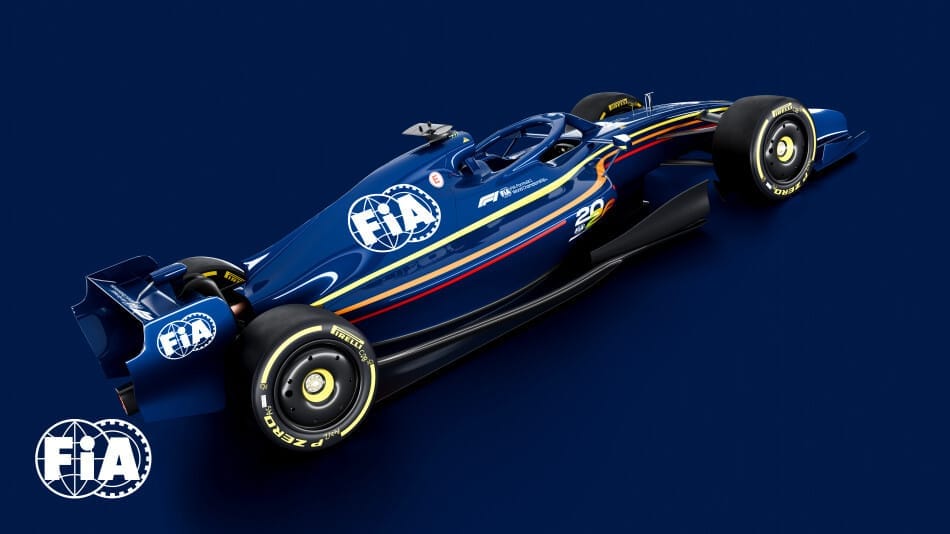
Some of the impetus for the consideration of a new engine concept was because there have been major worries about the 2026 rules.
And while we still do not know how the racing will be, what was a growing concern was what happens if one of the car makers finds themselves having got it wrong and stuck at the back of the grid.
With some strict engine and fuel homologation rules that keep things frozen, the scope to catch up was minimal.
So one of the things that was agreed to be looked at for now was a freeing up of these homologation aspects – giving more freedom for those who are behind to catch up
While the FIA statement merely mentioned “minor refinements and adjustments”, sources indicated that what is being worked on is quite significant.
For Red Bull, which is producing its own powerunit for the first time next year, this tweak has been singled out as the best takeaway from the meeting – and it could help those who are behind on fuel too.
Team boss Christian Horner hailed it as the “most important” detail to come out of the meeting in avoiding F1 becoming a one-horse show next year like it was in 2014 when Mercedes dominated the start of the turbo hybrid era.
He told Sky: “We have a budget cap. Perhaps the engines don’t need homologating. Perhaps you’re able to upgrade your engines under a budget cap, where everyone has the same, to encourage convergence as quickly as possible.
“We all want to have close quarter racing, not a repeat of what we had in 2014.”
But F1 may not be out of the woods yet for 2026
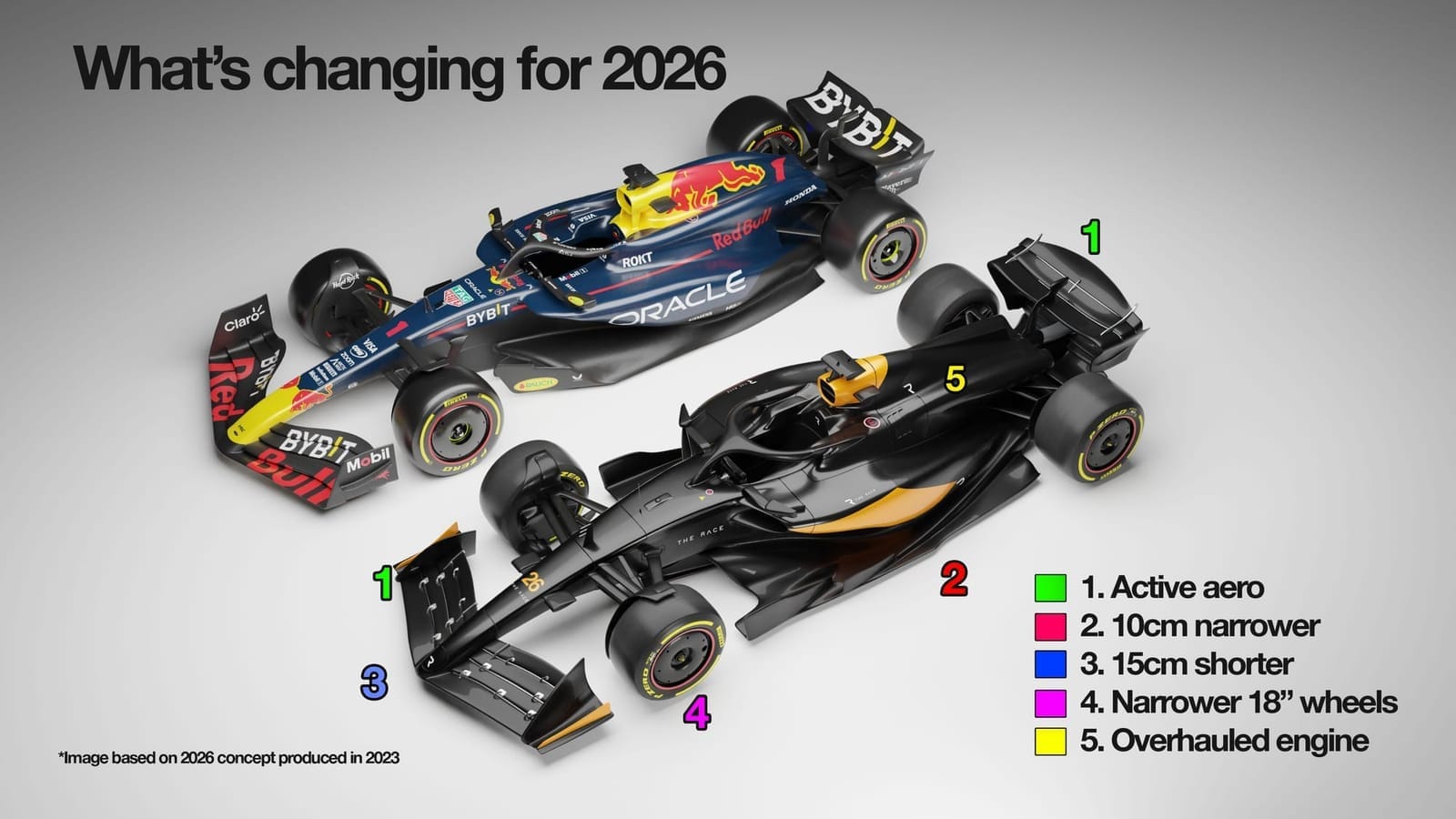
While the messaging coming out of the engine summit was that the long-term vision seems to be good, and some of the problems F1 could face in 2026 have been addressed, it would be wrong to think everything is rosy and sorted for next year.
Tweaks to the homologation rules, changes to cost restrictions, and potential sporting regulation modifications to improve some aspects of energy deployment all appear to be a step in the right direction.
But there remain figures within F1 who are still a bit concerned.
One team boss suggested it would be correct to say that the concessions made for 2026 would make the new rules simply “less terrible”- because doubts remain about the impact that the energy starved engines will have on the racing.
Carlos Sainz, who is racing for customer team Williams so has no agenda to grind in terms of support for an engine direction, offered an interesting perspective on the V10 engine debate in Bahrain.
“I wouldn’t be too vocal supporting the comeback of a V10 engine if I liked what I saw from 2026,” he said.
“But as I don’t really like what I see from 2026 in terms of what the car is going to do, the engine’s going to do, the way everything is going to work, I would say yes—I would like a V10 engine with a few tweaks to make it back sooner rather than later.”

